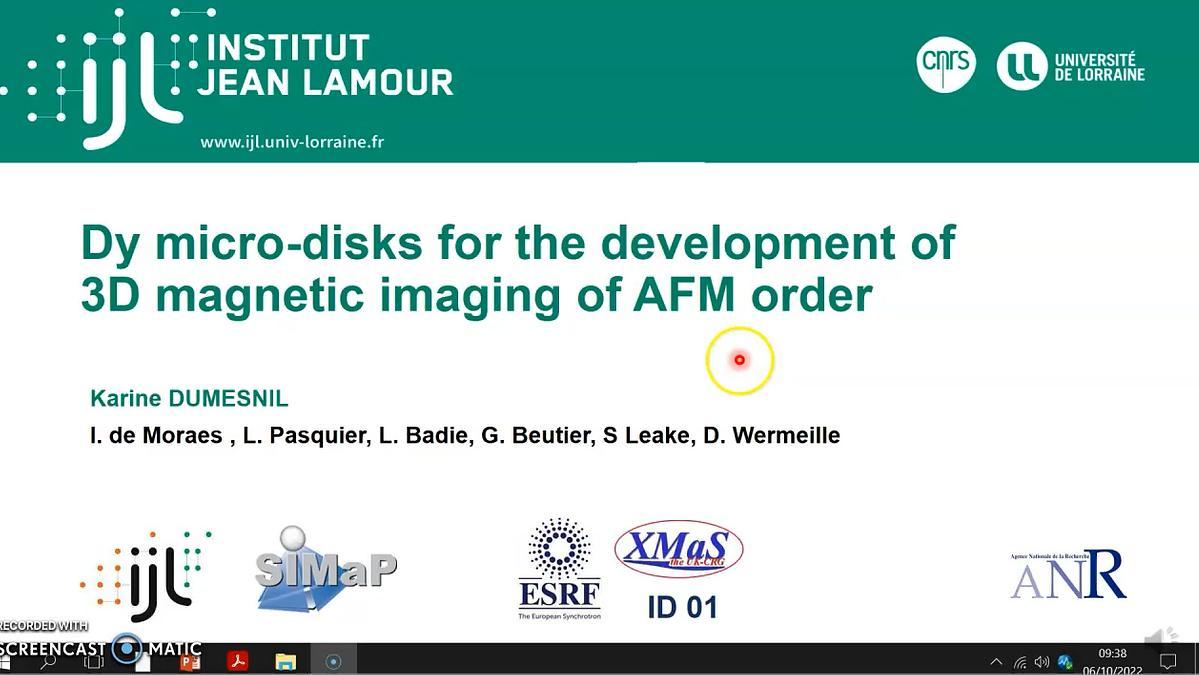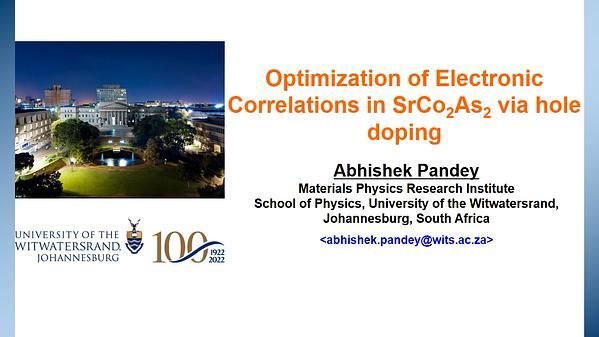
Premium content
Access to this content requires a subscription. You must be a premium user to view this content.

technical paper
Development of Dy µ disks for coherent imaging of helimagnetic domains
Non-collinear antiferromagnetic orders are of strong interest in the fields of spintronic, topological magnetism and multiferroicity 1. However, the magnetic imaging of these materials is particularly challenging due to their zero net magnetization. The main goal of this work is to achieve the fully vectorial reconstruction of a non-collinear magnetic order, by the combination of Resonant X-ray Magnetic Scattering (RXMS) 2 and Coherent Diffraction Imaging (CDI) 3 . Dy epitaxial films exhibiting an antiferromagnetic helical phase and strong X-ray magnetic scattering at the Dy L3 edge 4 are interesting candidates. The micro-patterning of Dy nanofilms (top-down approach) is required to synthetize model micro-objects and to efficiently implement this technique.
We present the results of the microfabrication process and the full structural and magnetic characterization of the Dy µ-disks. The high crystalline quality of the Dy(0001) epitaxial films is maintained after the optical lithography and Ion Beam Etching. X-ray diffraction (Fig.1) indicates moderate decrease in the coherence length (10%) and increase in mosaïcity (17%) in 2mm diameter disks compared with continuous films. A fcc phase however tends to form, most likely due to hydrogenation during the patterning process . SQUID measurements and Resonant X-Ray Magnetic Scattering (BM28-ESRF) confirm the occurrence of the helical phase in the Dy µ-disks, with similar Néel and Curie temperatures as in continuous films. (002-t) magnetic satellites reveal that helical turn angles in the patterned samples do not differ significantly from those observed in epitaxial films 5 (Fig. 2). The role of the buffer layer (Nb or Nb/Y) on the crystal quality and the presence of crystalline defects is also carefully investigated, since structural speckles in CDI have to be avoided for measurements and proper analysis of the magnetic contributions.

